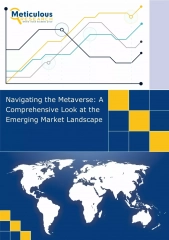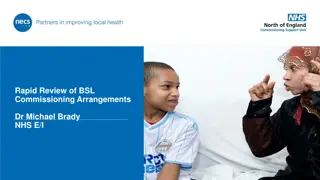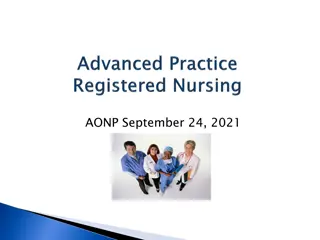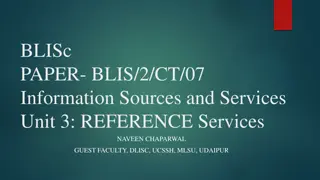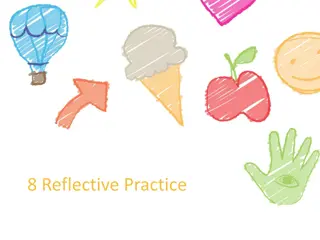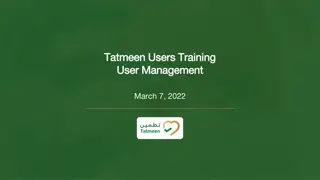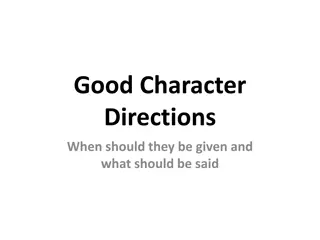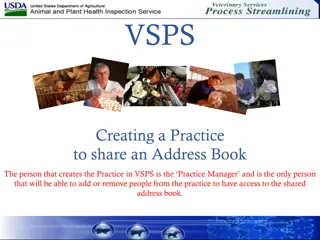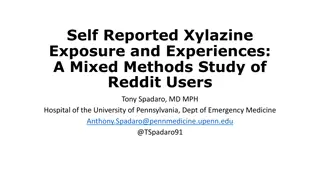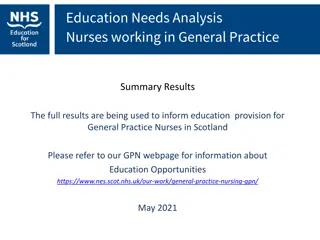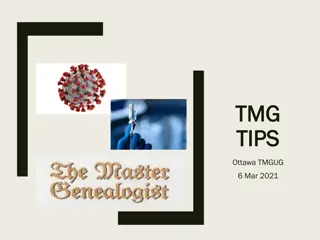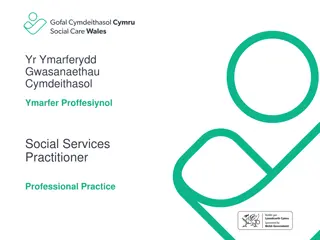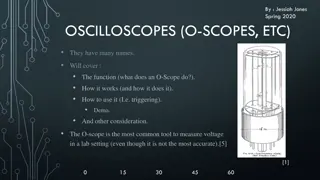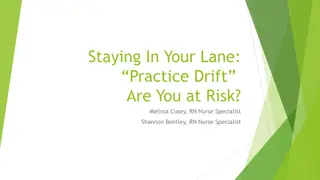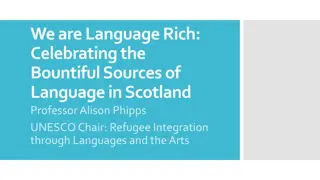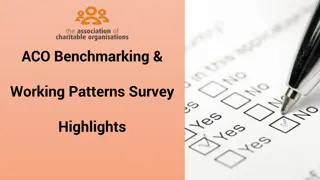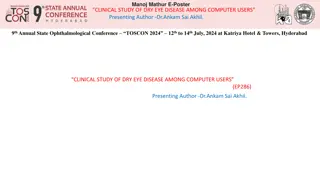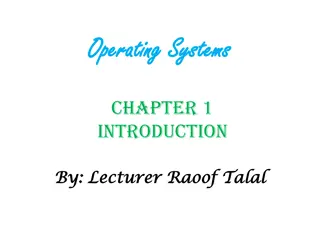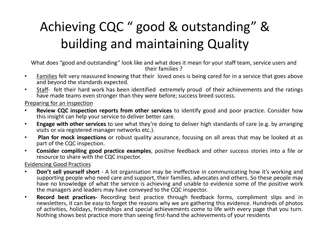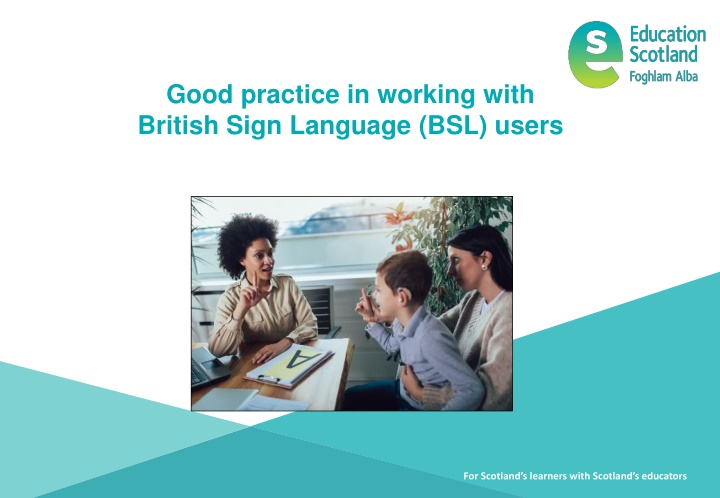
Enhancing Inclusion Through British Sign Language in Scottish Education
This professional learning resource focuses on promoting inclusion for deaf learners using British Sign Language (BSL) in Scottish education. It addresses key targets of the BSL National Plan, explores the perspectives of deaf learners and parents, and emphasizes the importance of meeting diverse learning needs. The content covers themes such as Scottish context for inclusion, equality, and equity, aligned with the principles of social justice and respect in education. Practical strategies are discussed to create inclusive environments for all learners in Scotland.
Download Presentation

Please find below an Image/Link to download the presentation.
The content on the website is provided AS IS for your information and personal use only. It may not be sold, licensed, or shared on other websites without obtaining consent from the author. If you encounter any issues during the download, it is possible that the publisher has removed the file from their server.
You are allowed to download the files provided on this website for personal or commercial use, subject to the condition that they are used lawfully. All files are the property of their respective owners.
The content on the website is provided AS IS for your information and personal use only. It may not be sold, licensed, or shared on other websites without obtaining consent from the author.
E N D
Presentation Transcript
Good practice in working with British Sign Language (BSL) users For Scotland s learners with Scotland s educators
Background This professional learning resource has been developed based on two of the British Sign Language (BSL) National Plan targets: Learners who use BSL will get the support they need at all stages of their learning, so that they can reach their full potential. Learners with deaf parents will get the support they need at all stages of their learning, so that they can reach their full potential. For Scotland s learners with Scotland s educators
Overview We will use the films and accompanying resource to: Understand the views of a deaf learner and his deaf parent and a hearing learner and her deaf parent about what is working well and what could be improved in relation to inclusion for all deaf learners and their families. Consider how we currently meet the needs of young deaf people and deaf parents in our early learning and childcare settings/schools. Explore ways that we can make our early learning and childcare settings/schools more inclusive for all learners and their families. For Scotland s learners with Scotland s educators
Themes The following four recurring themes emerged from our consultation / conversation with a deaf learner and his deaf parent and a hearing learner and her deaf parent For Scotland s learners with Scotland s educators
Scottish context for inclusion, equality and equity Scottish education is based on the belief that education is a human right and that all children and young people should be supported to reach their full potential. Scotland s education system is designed to be an inclusive one for all children and young people in Scottish early learning and childcare settings/schools, with or without, additional support needs. For Scotland s learners with Scotland s educators
General Teaching Council for Scotland Professional Standards Social Justice 1.1.2 I am committed to the principles of democracy and social justice through fair, transparent, inclusive and sustainable policies and practices in relation to: age, disability, gender and gender identity, race, ethnicity, religion and belief and sexual orientation. Trust and Respect 1.3.3 I demonstrate a commitment to motivating and inspiring learners, acknowledging their social and economic context, individuality and specific learning needs and taking into consideration barriers to learning For Scotland s learners with Scotland s educators
Promoting BSL and communicating effectively with learners their parents and families in our early learning and childcare setting/school 1. Make a list of the strategies you use to ensure parents and families feel welcome in your early learning and childcare setting/school. 2. Watch the clip where theDeputy Headteacher at St Roch s Secondary School describes how parents and families are welcomed initially when their child joins the school. https://www.youtube.com/watch?v=DWxZEGA4QMM&list=PLcD2TdZ4bX SlLRiukfVsKAmgbyju__RZU 3. Watch the clip where the Principal Teacher at St Thomas Primary and Nursery Class describes how one family was welcomed initially when their child joined the school. https://www.youtube.com/watch?v=dXd2FyNk5Co&list=PLcD2TdZ4bXSlLRiu kfVsKAmgbyju__RZU&index=10 For Scotland s learners with Scotland s educators
Promoting BSL and communicating effectively with learners their parents and families in our early learning and childcare setting/school 4. Make a list of the strategies mentioned. 5. Go back to your initial list. How many strategies are the same? Which strategies are different? You can use these lists to inform your policy around transitions for British Sign Language users, their parents and families. For Scotland s learners with Scotland s educators
Optional reflection and evaluation activities Slide 10 We promote BSL and communicating effectively with learners their parents and families in our early learning and childcare setting/school Slide 11 We have a culture and ethos where deaf learners, parents and families thrive and succeed in our school Slide 12 Our transitions policy and practice allows deaf learners in our early learning and childcare settings/schools to thrive and succeed For Scotland s learners with Scotland s educators
We promote BSL and communicating effectively with learners their parents and families in our early learning and childcare setting/school In groups: On a scale from 0 to 10, draw an X where you feel your early learning and childcare setting/school currently is in relation to this area. Activity: What is happening at present that lets you give your early learning and childcare setting/school this score? Imagine that you have moved one point up the scale. What would the learner/parent/family see happening that lets them know that things have improved? What will you be doing differently or be doing more of? For Scotland s learners with Scotland s educators
We have a culture and ethos where deaf learners, parents and families thrive and succeed in our school In groups: On a scale from 0 to 10, draw an X where you feel your early learning and childcare setting/school currently is in relation to this area. Activity: What is happening at present that lets you give your early learning and childcare setting/school this score? Imagine that you have moved one point up the scale. What would the learner/parent/family see happening that lets them know that things have improved? What will you be doing differently or be doing more of? For Scotland s learners with Scotland s educators
Our transitions policy and practice allows deaf learners in our early learning and childcare settings/schools to thrive and succeed In groups: On a scale from 0 to 10, draw an X where you feel your early level and childcare setting/school currently is in relation to this area. Activity: What is happening at present that lets you give your early learning and childcare setting/school this score? Imagine that you have moved one point up the scale. What would the learner/parent/family see happening that lets them know that things have improved? What will you be doing differently or be doing more of? For Scotland s learners with Scotland s educators
Education Scotland Denholm House Almondvale Business Park Almondvale Way Livingston EH54 6GA T +44 (0)131 244 5000 E enquiries@educationscotland.gov.scot For Scotland s learners with Scotland s educators

